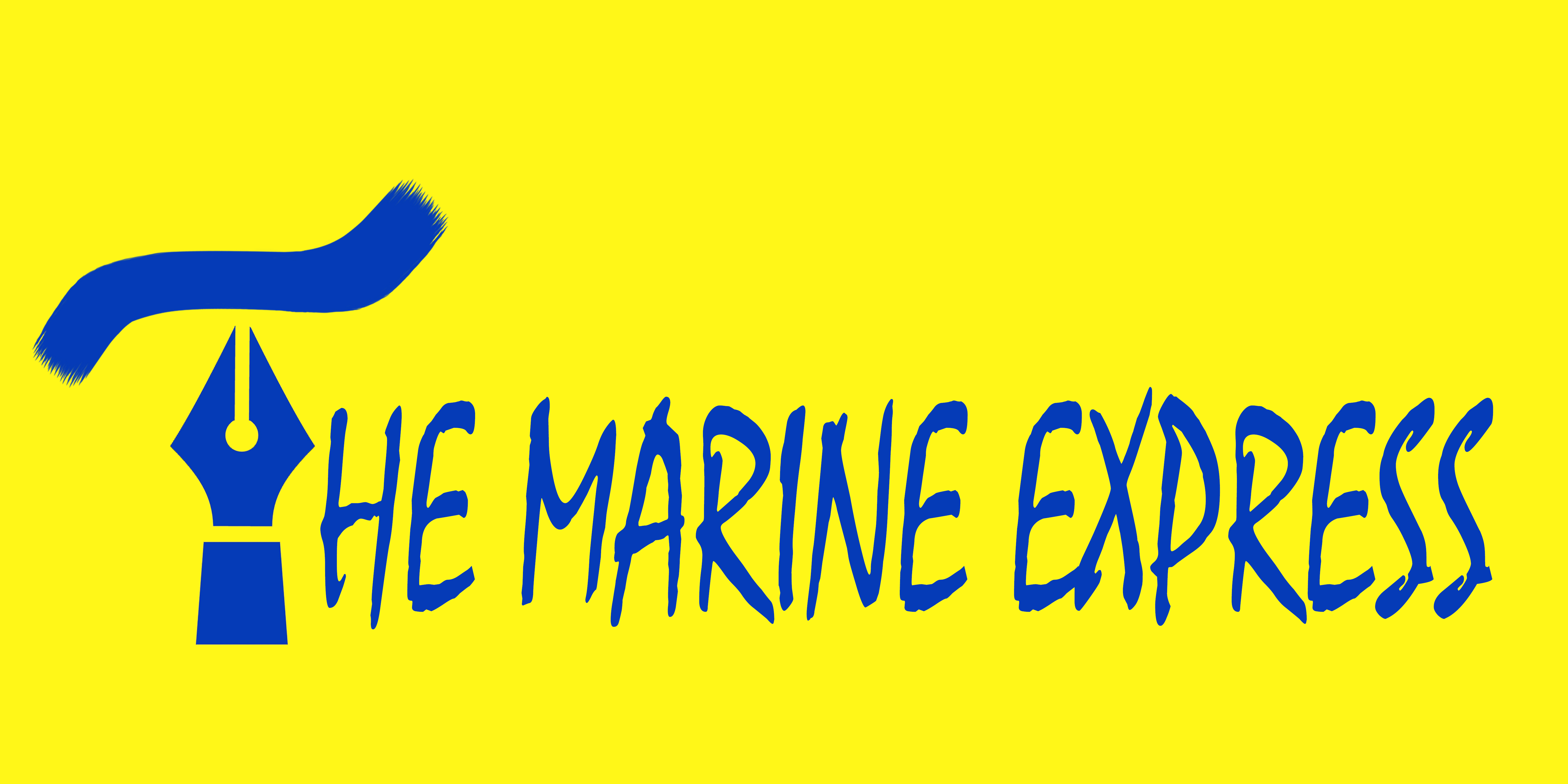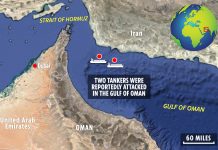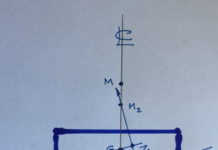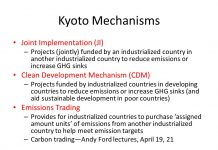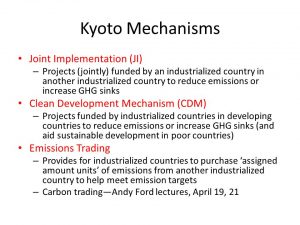The Kyoto Protocol is an international agreement linked to the United Nations Framework Convention on Climate Change, which commits its Parties by setting internationally binding emission reduction targets.
Recognizing that developed countries are principally responsible for the current high levels of GHG emissions in the atmosphere as a result of more than 150 years of industrial activity, the Protocol places a heavier burden on developed nations under the principle of “common but differentiated responsibilities.”
The Kyoto Protocol was adopted in Kyoto, Japan, on 11 December 1997 and entered into force on 16 February 2005. The detailed rules for the implementation of the Protocol were adopted at COP 7 in Marrakesh, Morocco, in 2001, and are referred to as the “Marrakesh Accords.” Its first commitment period started in 2008 and ended in 2012.
Doha Amendment
In Doha, Qatar, on 8 December 2012, the “Doha Amendment to the Kyoto Protocol” was adopted. The amendment includes:
- New commitments for Annex I Parties to the Kyoto Protocol who agreed to take on commitments in a second commitment period from 1 January 2013 to 31 December 2020;
- A revised list of greenhouse gases (GHG) to be reported on by Parties in the second commitment period; and
- Amendments to several articles of the Kyoto Protocol which specifically referenced issues pertaining to the first commitment period and which needed to be updated for the second commitment period.
On 21 December 2012, the amendment was circulated by the Secretary-General of the United Nations, acting in his capacity as Depositary, to all Parties to the Kyoto Protocol in accordance with Articles 20 and 21 of the Protocol.
During the first commitment period, 37 industrialized countries and the European Community committed to reduce GHG emissions to an average of five percent against 1990 levels. During the second commitment period, Parties committed to reduce GHG emissions by at least 18 percent below 1990 levels in the eight-year period from 2013 to 2020; however, the composition of Parties in the second commitment period is different from the first.
Kyoto Mechanisms
Under the Protocol, countries must meet their targets primarily through national measures. However, the Protocol also offers them an additional means to meet their targets by way of three market-based mechanisms.
The Kyoto mechanisms are:
International Emissions Trading
Clean Development Mechanism (CDM)
Joint implementation (JI)
The mechanisms help to stimulate green investment and help Parties meet their emission targets in a cost-effective way.
Monitoring emission targets
Under the Protocol, countries’ actual emissions have to be monitored and precise records have to be kept of the trades carried out.
Registry systems track and record transactions by Parties under the mechanisms. The UN Climate Change Secretariat, based in Bonn, Germany, keeps an international transaction log to verify that transactions are consistent with the rules of the Protocol. Reporting is done by Parties by submitting annual emission inventories and national reports under the Protocol at regular intervals.
A compliance system ensures that Parties are meeting their commitments and helps them to meet their commitments if they have problems doing so.
Adaptation
The Kyoto Protocol, like the Convention, is also designed to assist countries in adapting to the adverse effects of climate change. It facilitates the development and deployment of technologies that can help increase resilience to the impacts of climate change.
The Adaptation Fund was established to finance adaptation projects and programs in developing countries that are Parties to the Kyoto Protocol. In the first commitment period, the Fund was financed mainly with a share of proceeds from CDM project activities. In Doha, in 2012, it was decided that for the second commitment period, international emissions trading and joint implementation would also provide the Adaptation Fund with a 2 percent share of proceeds.
The path ahead
The Kyoto Protocol is seen as an important first step towards a truly global emission reduction regime that will stabilize GHG emissions and can provide the architecture for the future international agreement on climate change.
In Durban, the Ad Hoc Working Group on the Durban Platform for Enhanced Action (ADP) was established to develop a protocol, another legal instrument or an agreed outcome with legal force under the Convention, applicable to all Parties. The ADP is to complete its work as early as possible, but no later than 2015, in order to adopt this protocol, legal instrument or agreed outcome with legal force at the twenty-first session of the Conference of the Parties and for it to come into effect and be implemented from 2020.
